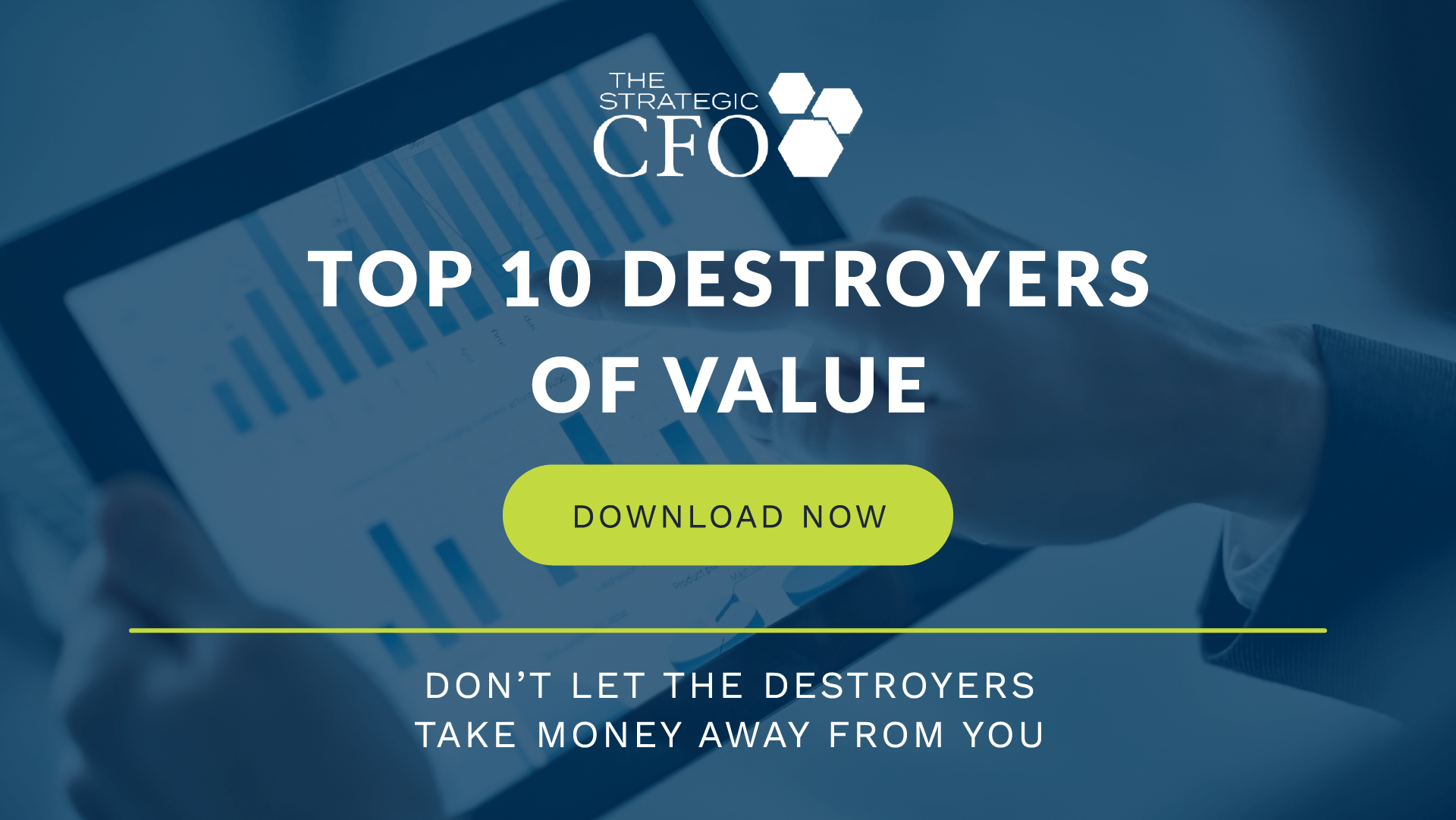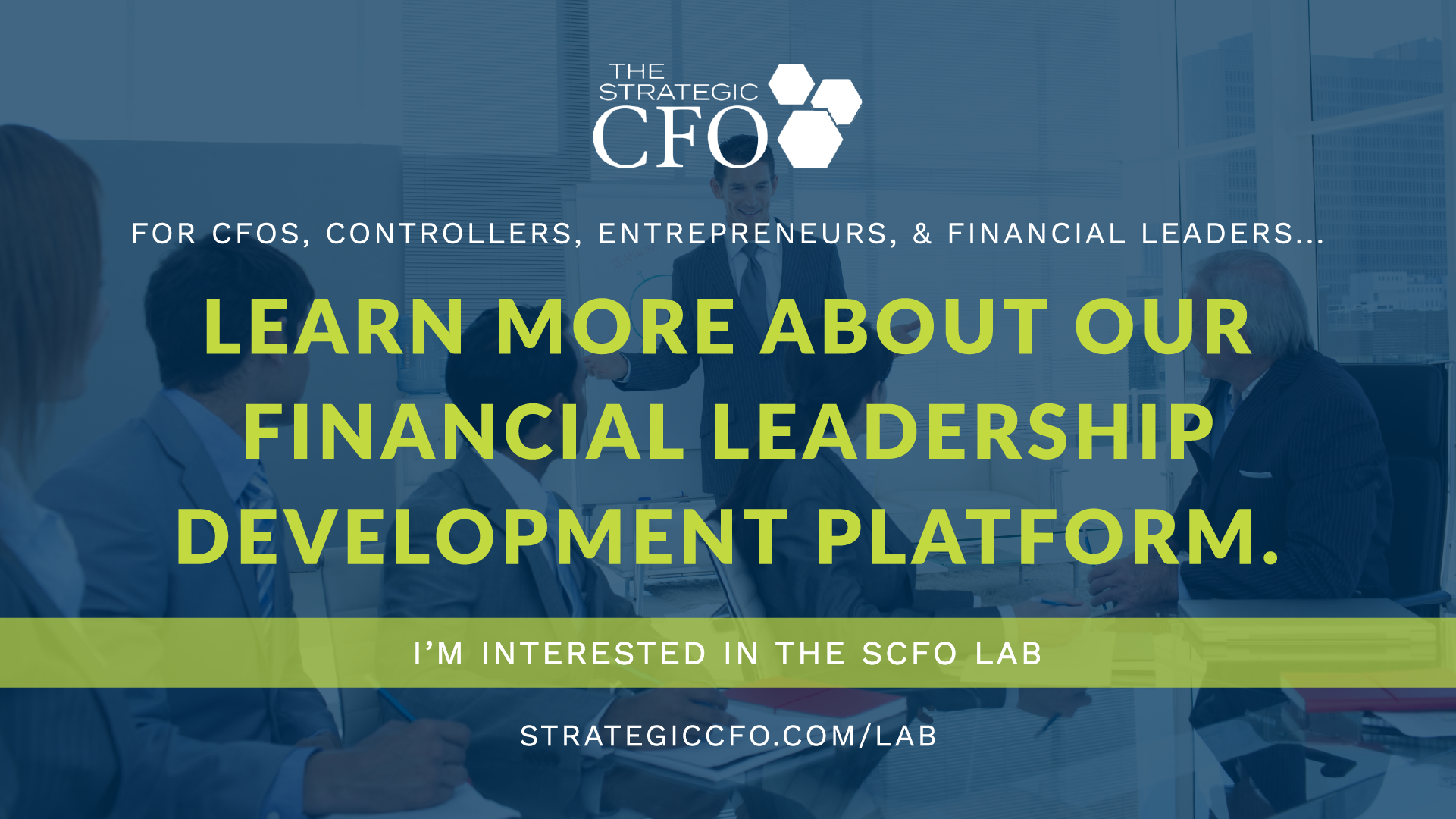 When I first started my career, I had a business partner. As an entrepreneur, I would come up with all of these great ideas and run them past my partner. Every time I had a new idea, he’d bring out his 10-key calculator and say “Okay, walk me through it.” He wanted me to run the numbers to check if it was actually a viable idea. The thing is… It’s really easy to be rich on the calculator. Enter the concept of irrational exuberance.
When I first started my career, I had a business partner. As an entrepreneur, I would come up with all of these great ideas and run them past my partner. Every time I had a new idea, he’d bring out his 10-key calculator and say “Okay, walk me through it.” He wanted me to run the numbers to check if it was actually a viable idea. The thing is… It’s really easy to be rich on the calculator. Enter the concept of irrational exuberance.What is Irrational Exuberance?
The term irrational exuberance, originally coined by Alan Greenspan, is defined as “unsustainable investor enthusiasm that drives asset prices up to levels that aren’t supported by fundamentals” (Investopedia). This term stemmed from the dotcom bubble of the 1990s. The market was overvalued and disaster seemed imminent, and it was.
Irrational exuberance was meant to be a warning sign. Wikipedia quoted Greenspan during his “The Challenge of Central Banking in a Democratic Society” talk on December 5, 1996 (see below). Because of these statements, companies around the world decreased the values of their products or services to accurately predict and forecast the future.
[quote] “Clearly, sustained low inflation implies less uncertainty about the future, and lower risk premiums imply higher prices of stocks and other earning assets. We can see that in the inverse relationship exhibited by price/earnings ratios and the rate of inflation in the past. But how do we know when irrational exuberance has unduly escalated asset values, which then become subject to unexpected and prolonged contractions as they have in Japan over the past decade?”[/quote]
In very simple terms, irrational exuberance is the essentially when you value a product/service much greater than its actual worth. This is a direct result of being calculator rich.
What is Calculator Rich?
Let’s start with a question to define “calculator rich”… Have you ever came up with a brilliant idea that you thought would be a million dollar deal? You start with 1,000 widgets and sell them for $10 each. Great! That’s $10,000! But what if you sold it for $25? That’s $25,000. After 20 minutes of running the numbers, you’ve grown 1,000 widgets into $1B business based upon a price that the market likely won’t bear.
Have you ever been “calculator rich”? If you’re shaking your head no, then you are most likely lying to yourself. It’s incredibly easy to punch figures that seem normal into the calculator, but when you put those figures into the bigger picture, your forecasts are dramatically skewed and irrationally exuberant. I will be the first one to admit that I have to consistently train myself not to be calculator rich. We’re all guilty of it at some times. It’s so darn easy to dream with a calculator.
Irrational Exuberance & Calculator Rich
Being irrationally exuberant and calculator rich can go hand in hand. If you already have unrealistically optimistic expectations, it’s not hard to justify those expectations with calculations. A calculator rich mentality is often the direct result of an irrationally exuberant environment. The extent of that exuberance or richness is dependent on the numbers used.
How to Fight “Calculator Rich” Tendencies
Recognize the Bias
Being irrationally exuberant has caused hyperinflation and/or bubbles in the general market. Just like we saw in the mid 1990s, Greenspan expanded on how this type of behavior impacts spheres as large as the stock market. Recognize the bias to overvalue, overestimate, over project and correct accordingly.
This bias is not necessarily wrong, but it can be destructive if you fail to recognize it and solely rely on it.
For example, one of my team members has a business idea that she is investigating to determine whether or not it is a viable opportunity. I advised her to be realistic when measuring the opportunity, to consider all costs and benefits and to avoid being calculator rich.
Lean Start Up
As an adjunct professor for the Wolff Center for Entrepreneurship, I consistently tell my students to do things in a small way first. This allows you to fail fast and pivot into a better direction.
Do not let your excitement carry you away. Whether you are the entrepreneur, the CFO, or an aspiring CFO in your company, it is critical for your success to all be on the same page. Dysfunction (and loss of value) occurs when members of the management team do not see the company in the same light. Shave off some of the fat of the company and further develop your “lean, mean, entrepreneurial machine“.
Bring Objectivity
Understand an Outside Investor’s Viewpoint
How calculator rich are YOU?
Feel like you may have overvalued your product or service? Or pursued that million dollar idea that is really only worth $10,000?Identify how calculator rich you are. Then, start fighting those habits to go from being calculator rich to actually rich. If you’re looking to sell your company in the near future, download the free Top 10 Destroyers of Value whitepaper to learn how to maximize your real value.

Access your Exit Strategy Execution Plan in SCFO Lab. This tool enables you to maximize potential value before you exit.
Click here to access your Execution Plan. Not a Lab Member?
Click here to learn more about SCFO Labs











